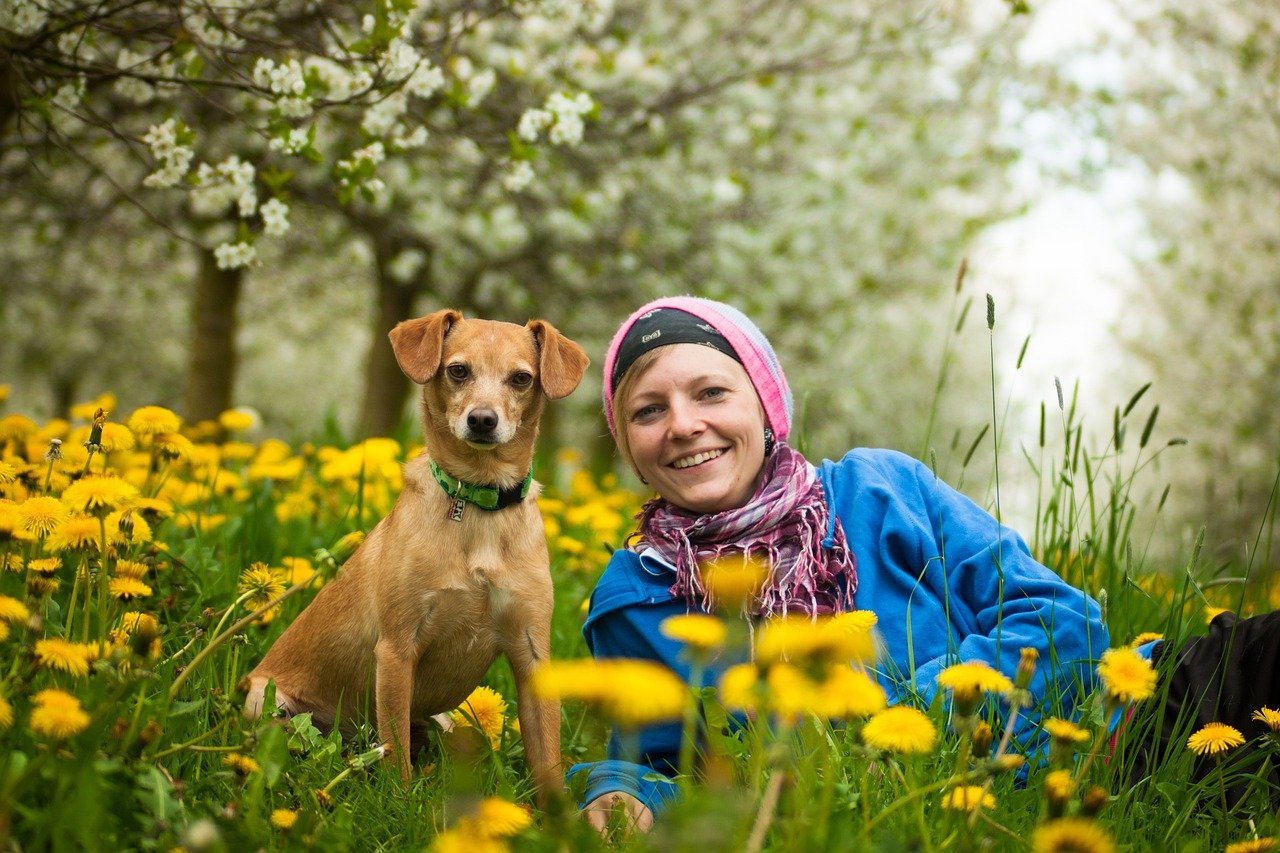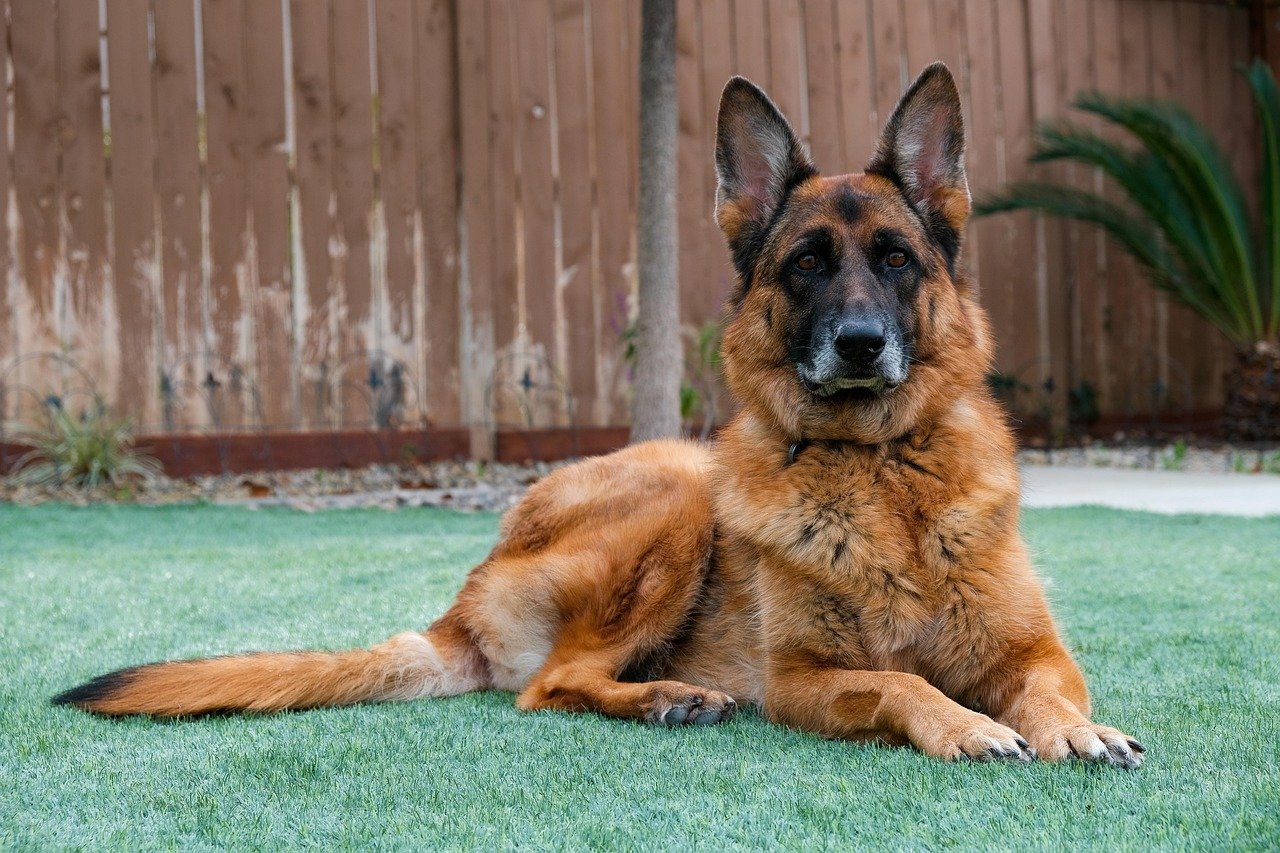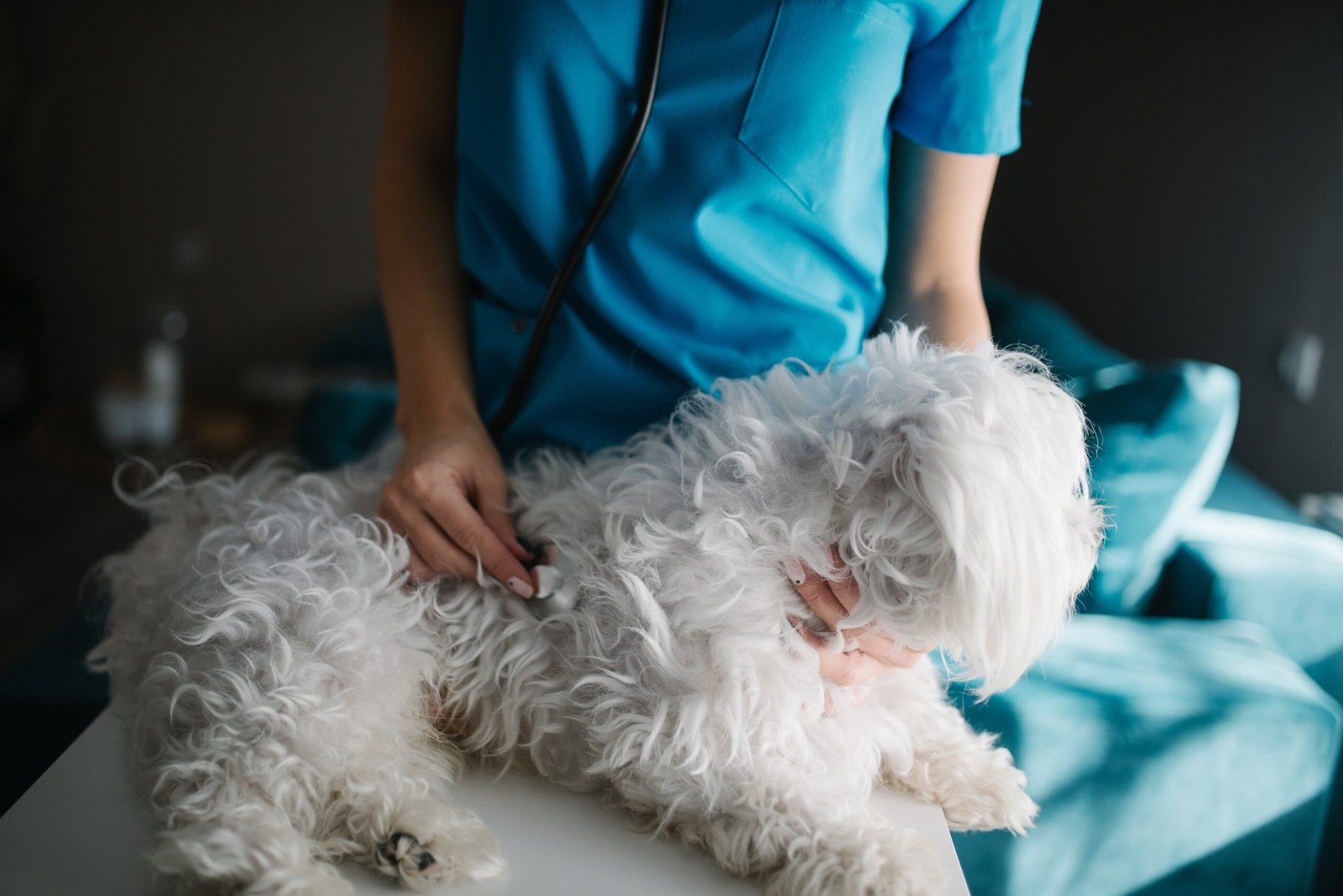What if the secret to a happier, more vibrant life after 60 was as simple as a wagging tail and a cold, wet nose? Having a dog after 60 can be an incredibly heartwarming experience. These loyal companions bring daily joy, reduce feelings of loneliness, and even encourage physical activity with regular walks. Many seniors find that their pups provide a comforting routine and a renewed sense of purpose. The bond between humans and dogs can be downright magical, especially as we get older. But it’s not all tail wags and cuddles—there are real challenges too. Vet bills, mobility issues, and grooming needs can add up and become overwhelming if you’re not prepared. Larger or high-energy dogs might be tough to manage physically. That’s why choosing the right breed and planning ahead is so important.
With the right match, the emotional rewards can far outweigh the hurdles. If you’ve ever wondered whether a dog could transform your life after 60, or if you’re worried about the hurdles, you’re in the right place. Let’s dig into the heartwarming emotional rewards and the nitty-gritty realities every older dog lover should know.
Unconditional Love and Constant Companionship
After 60, life can sometimes feel a bit lonelier — friends move away, loved ones pass, and grown children are busy with their own families. A dog fills that empty space with pure, unconditional love. Whether you’re returning from a quick trip to the mailbox or a week-long vacation, your pup will greet you like you’re the most important person in the world. Dogs never judge, and they don’t care about wrinkles or gray hair. Their loyalty is constant and their affection, boundless. Every day, they remind you that you matter. The simple act of having someone by your side, always happy to see you, can make even the quietest days feel full.
Boosting Physical Activity and Stamina
Let’s be honest: staying active after 60 isn’t always easy. Motivation can slip, especially when aches and pains start creeping in. Enter your four-legged fitness coach. Dogs need daily walks, potty breaks, and playtime, which means you’ll be moving more, too. Even a gentle stroll around the block or a quick game of fetch in the backyard can boost your stamina and mobility. These regular bursts of movement keep joints limber, improve balance, and might even help with weight management. It’s like having a personal trainer — one who never cancels and always brings enthusiasm.
Reducing Feelings of Loneliness

Loneliness can hit hard in our later years, and it’s not just sad — it can be downright unhealthy. Dogs are natural antidotes to isolation. They give you someone to talk to, laugh with, and care for every day. Even when you’re alone at home, you’re not really alone — there’s always a warm body nearby, a pair of loving eyes watching your every move. This constant presence can soothe the ache of loneliness, making the house feel like a home again. Many people find themselves chatting away to their dogs, sharing both the big and small details of life. It’s comforting and healing.
Encouraging Social Connections
Dogs are friendship magnets. Walk your dog through the neighborhood or visit a local park, and you’ll notice people smile, wave, or stop to chat. Suddenly, strangers become acquaintances, and acquaintances become friends — all because of your charming canine companion. Having a dog can open doors to new relationships, from casual conversations on the sidewalk to deeper bonds with fellow dog owners. There are even groups and clubs for seniors with dogs, creating a sense of community and belonging. For many, their pet becomes the bridge to a wider, richer social life.
Providing a Sense of Purpose
After retirement, it’s common to feel adrift, searching for meaning or routine. A dog brings instant purpose. There are meals to serve, walks to schedule, grooming to handle, and a living creature depending on you. This daily responsibility is grounding. It provides structure and gets you out of bed, even on days when you might otherwise linger under the covers. You’re needed and important, and that feeling is invaluable. The routine of caring for a pet often spills over into other areas of life, inspiring healthier habits and a greater sense of accomplishment.
Emotional Stability and Mood Lifting
There’s something about a dog’s goofy grin or the gentle weight of their head on your lap that can melt away stress and sadness. Numerous studies show that pets can lower cortisol, the stress hormone, and boost feel-good chemicals like serotonin and dopamine. When you’re feeling anxious, blue, or out-of-sorts, your dog is there to lend a calming presence. Stroking their fur or simply watching them nap can be surprisingly soothing. Their playful antics and unconditional love make it easier to let go of worries and focus on the joys of the moment.
Enhancing Mental Sharpness
Believe it or not, owning a dog can help keep your mind sharp. Training a pet, remembering feeding times, and managing vet appointments all require mental engagement. Dogs also invite curiosity — you might read up on their breed, learn about nutrition, or puzzle out the best walking routes. This ongoing learning process exercises the brain and helps prevent cognitive decline. Plus, dogs are excellent at keeping you present, gently nudging you out of your thoughts and into the here and now. For many, this mental stimulation is as rewarding as any crossword puzzle.
Alleviating Symptoms of Depression
Depression can become more common with age, especially in the face of loss or health challenges. Dogs are natural mood-boosters. Their silly antics, affectionate nature, and unwavering loyalty can lift spirits on the darkest days. Taking care of a pet gives you something positive to focus on, and the simple act of petting a dog can trigger the release of oxytocin, a hormone that promotes happiness. Many therapists recommend dogs as part of a mental health strategy because they encourage routine, movement, and social interaction — all proven antidotes to depression.
Increasing Feelings of Safety and Security

A dog’s presence, even a small one, can make your home feel safer. Their keen senses pick up on noises or visitors before you do, and their bark can deter unwanted guests. For older adults living alone, this extra layer of security is both practical and comforting. Even if you know your dog would never hurt a fly, others don’t — and that alone can be enough to make you feel more protected. Knowing there’s someone looking out for you, even if they’re covered in fur, brings peace of mind day and night.
Offering Daily Joy and Laughter
Dogs are natural comedians. Whether they’re chasing their own tails, leaping for bubbles, or snoring like a freight train, they bring laughter into the house every single day. These moments of genuine, spontaneous joy are priceless — they lighten the mood, break up the monotony, and remind you not to take life too seriously. For many people over 60, a dog’s ability to spark laughter is as valuable as any medication or therapy. It’s these silly, heartfelt moments that stick with you and make everyday life a little brighter.
Managing Medical Emergencies and Health Monitoring

On the practical side, one significant challenge is planning for medical emergencies. If you experience a sudden illness or hospitalization, who will care for your dog? This is a tough but essential question. Arranging a backup caregiver — whether a trusted friend, family member, or pet-sitting service — is vital. It’s also wise to have a plan written down with feeding schedules, vet info, and favorite routines. Preparing in advance can help ensure your dog’s well-being and give you peace of mind, especially if health challenges arise unexpectedly.
Handling Physical Limitations and Mobility Issues

As we age, mobility can become a real concern. Walking a strong or energetic dog might be challenging if you have joint pain, arthritis, or balance issues. Even small tasks like bending to fill a water bowl or cleaning up after your dog can be tricky. It’s important to honestly assess your physical abilities and choose a pet whose needs match your own. There are also tools and gadgets to help — like automatic feeders or easy-grip leashes — but it’s wise to be realistic about your daily capacity and consider enlisting help for more demanding tasks.
Dealing with the Costs of Pet Ownership
Caring for a dog isn’t cheap. Food, grooming, regular vet visits, vaccines, and unexpected medical emergencies can add up quickly. For those on a fixed retirement income, these costs may be a real concern. Budgeting carefully and understanding the full scope of financial responsibilities before bringing home a dog is crucial. Some people find pet insurance helpful, while others set aside a dedicated emergency fund just for their dog. It’s not fun to think about, but planning for the financial side of pet ownership prevents stress and ensures your furry friend never has to go without.
Managing Travel and Time Away
Freedom to travel is one of retirement’s great joys, but a dog can complicate those plans. Spontaneous trips become trickier when you have to coordinate pet care. Finding reliable pet sitters, boarding facilities, or dog-friendly accommodations requires extra planning. Some people end up traveling less or only to places their dog can join them. It’s important to decide what works for you — are you comfortable leaving your dog behind, or would you rather bring them along? Understanding these limitations ahead of time helps avoid last-minute scrambles or heartache.
Adapting to Lifestyle Changes and Transitions

Life after 60 is full of transitions — downsizing, moving closer to family, or shifting to assisted living. Dogs can add complexity to these changes. Not all housing options allow pets, and some communities have restrictions on breed or size. If you anticipate a move, research pet policies thoroughly and consider your dog’s adaptability. Will they handle a new environment or a smaller space? Preparing for these possibilities now can save stress down the line and ensure your pet remains a welcome part of your journey, wherever life takes you.
Dealing with Allergies and Health Concerns
Allergies don’t always fade with age; in fact, some people discover new sensitivities later in life. Dogs can trigger sneezing, coughing, or itchy skin, especially if you spend more time indoors together. It’s wise to spend time around dogs before adopting, just to see how your body reacts. Regular grooming, air purifiers, and choosing hypoallergenic breeds can help, but it’s important to be honest about your health. No one wants to have to rehome a beloved pet because of unexpected health issues, so plan and test before you commit.
Coping with Loss and Grief

The joy of a dog’s companionship is matched only by the pain of saying goodbye. Dogs have shorter lifespans, and losing them can be devastating, especially after years of daily routine and affection. For those who have already lost loved ones, this grief can feel especially sharp. It’s important to prepare emotionally for this inevitability. Some find comfort in knowing they gave their pet a happy, loving life, while others honor their memory through photos, keepsakes, or adopting another pet. Grief is real and deep, but so is the love that comes before it.
Training and Behavior Management
Not all dogs come fully trained, and some older dogs can be set in their ways. Training requires patience, consistency, and sometimes physical effort. Housebreaking, leash manners, and basic obedience are all essential for a harmonious home. Some people find it fun and rewarding — a new challenge to tackle together — while others may struggle if a dog is particularly stubborn or energetic. Professional trainers can offer support, but it’s important to be realistic about the time and effort required. A well-trained dog is a joy, but getting there can take work.
Balancing Energy Levels with Your Dog

Energy mismatches can be a real challenge. Puppies and high-energy breeds need lots of exercise and stimulation, which can be exhausting if your own stamina isn’t what it used to be. On the flip side, some older dogs may be too sedentary, leading to health issues for both of you. Choosing a dog that matches your lifestyle — perhaps an older rescue or a breed known for its calm demeanor — is key. Regular, moderate activity benefits everyone, but striking the right balance ensures neither you nor your dog feels overwhelmed or restless.
Managing Daily Routines and Commitment
Dogs thrive on routine — regular meals, bathroom breaks, walks, and bedtime rituals. For some, this structure is a blessing, while for others it can feel restrictive. Spontaneous outings or sleeping in become rare, and you’ll need to plan your day around your dog’s needs. It’s a significant commitment, and one that shouldn’t be taken lightly. Setting up a daily schedule and sticking to it can help both you and your pet adjust. Over time, many people find this routine comforting and grounding, but it’s important to know what you’re signing up for.
Sharing life with a dog after 60 can be one of the most rewarding experiences—bringing love, laughter, and a sense of purpose to each day. But like any great companionship, it comes with its share of responsibilities. Knowing both the emotional perks and the practical challenges helps you make a choice that fits your lifestyle. With a bit of planning and the right pup by your side, the golden years can shine even brighter. After all, age is just a number when there’s a wagging tail at your feet.
Jen is a passionate nature lover and ocean conservationist. She has dedicated her life to protecting the environment and preserving the beauty of the natural world. Growing up in a small coastal town, Jen sincerely appreciated the ocean and its inhabitants. She has spent countless hours exploring the shoreline, learning about the creatures that inhabit the waters, and advocating for their protection. Jen is an active member of ocean conservation organizations, and she is committed to educating the public about the importance of conserving wildlife and the natural environment.





